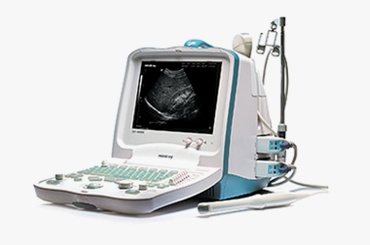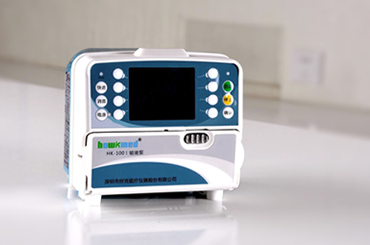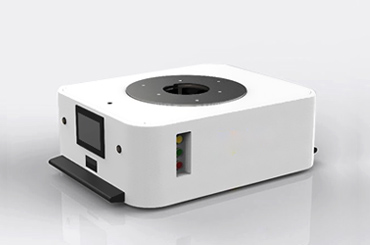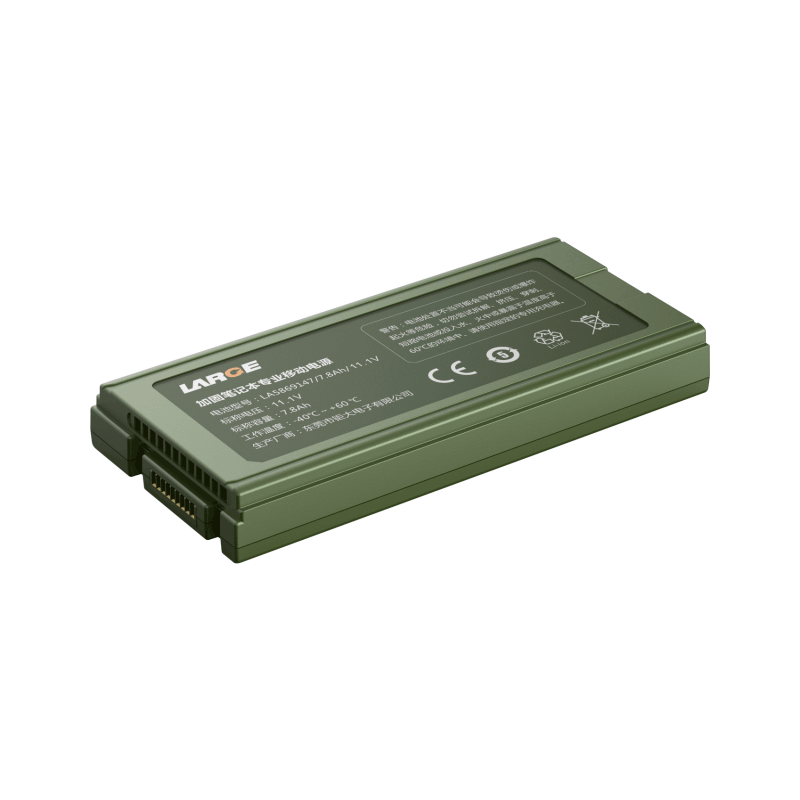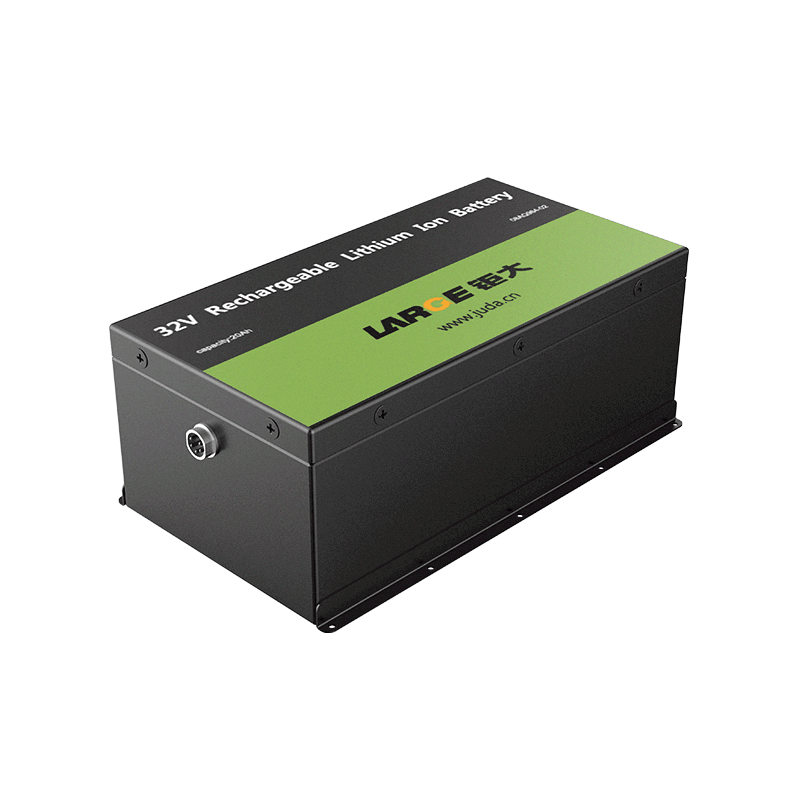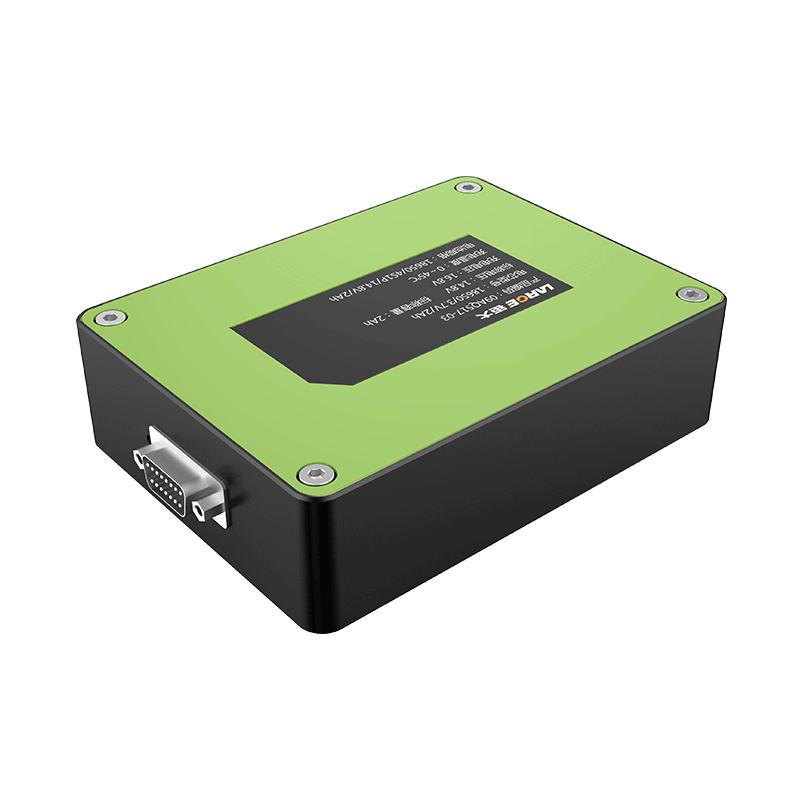-
Key Takeaways
-
Part 1: Causes of Gradual Degradation in Lithium Batteries+
- 1.1 Chemical Wear and Aging
- 1.2 Cyclic Degradation from Charging and Discharging
- 1.3 Calendar Aging: The Impact of Time
- 1.4 Environmental Factors: Temperature, Humidity, and Improper Lithium-Ion Battery Storage
-
Part 2: Indicators of Battery Degradation+
- 2.1 Capacity Fade: Reduced Energy Storage Over Time
- 2.2 Increased Internal Resistance and Its Impact on Performance
- 2.3 State of Health (SOH): Key Metrics for Monitoring Battery Packs
-
Part 3: Effective Methods to Prevent Battery Degradation+
- 3.1 Optimal Charging Practices: Maintaining 20%-80% Charge Levels
- 3.2 Temperature Management: Avoiding High and Low Extremes
- 3.3 Avoiding Deep Discharges and Overcharging
- 3.4 Following Manufacturer Guidelines for Industrial Battery Packs
- 3.5 Storing Batteries at Partial Charge Levels (Around 50%)
-
FAQ+
- 1. How can you monitor the health of lithium-ion battery packs effectively?
- 2. What is the ideal storage condition for lithium-ion batteries?
- 3. Which lithium battery type offers the longest cycle life for industrial applications?
Understanding Lithium Battery Degradation and How to Prevent It
May 09, 2025 Pageview:804
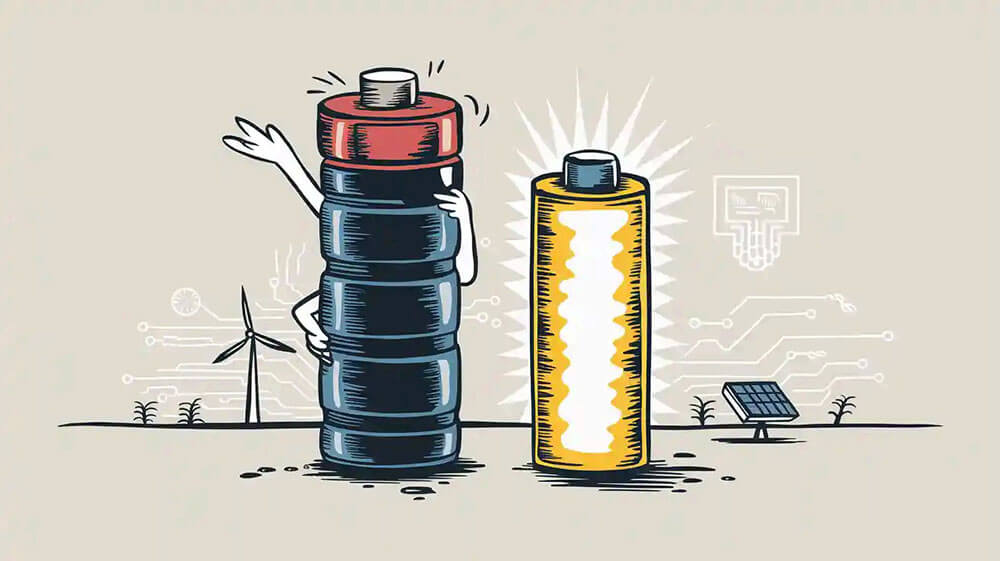
Lithium-ion battery technology powers critical industrial applications, ensuring reliability and efficiency. These batteries dominate the medical battery market with a 50.73% share as of 2023 and are projected to grow at a CAGR of 6.48% from 2024 to 2032. Their high energy density and long cycle life make them indispensable for robotics, instrumentation devices, and portable medical systems. However, gradual degradation lithium battery issues, such as capacity fade and increased resistance, can disrupt operations and escalate costs. Understanding what drives battery degradation is essential for maintaining efficiency and preventing unnecessary expenses.
Key Takeaways
Keep lithium-ion batteries charged between 20% and 80%. This helps them last longer and work better.
Store batteries at about 50% charge in a cool, dry place. This reduces damage and makes them last longer.
Use Battery Management Systems (BMS) to check battery health. Track things like how healthy it is (SOH) and resistance inside.
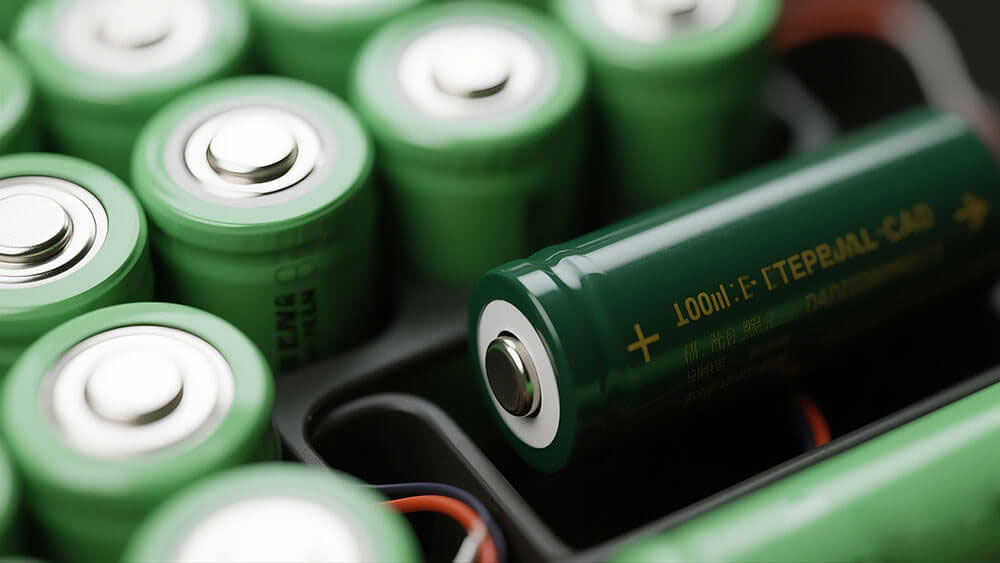
Part 1: Causes of Gradual Degradation in Lithium Batteries
1.1 Chemical Wear and Aging
Chemical wear and aging represent one of the primary contributors to lithium-ion battery degradation. Over time, chemical reactions within the battery lead to the formation of a solid electrolyte interphase (SEI) layer on the anode. While this layer stabilizes the battery initially, its continuous growth consumes lithium ions, reducing the battery's capacity. Additionally, lithium plating—a phenomenon where lithium deposits on the anode surface—can occur under high charging rates or low temperatures, further accelerating degradation.
A comprehensive study analyzing over 3 billion data points from 228 commercial NMC/C-SiO lithium-ion cells highlights the impact of these mechanisms. The study measured capacity fade and impedance growth under various conditions, including temperature and state of charge (SoC). These findings underscore the importance of optimizing operating strategies to mitigate chemical wear and extend battery life.
Evidence Type | Description |
|---|---|
Dataset Size | Over 3 billion data points from 228 commercial NMC/C-SiO lithium-ion cells |
Measurement Focus | Capacity and impedance fade measurements |
Aging Mechanisms Investigated | Calendar aging (SEI growth) and cyclic aging (lithium plating) |
Operating Conditions | Various conditions including temperature, charging rate, and State of Charge (SoC) |
Application | Modeling battery degradation, optimizing operating strategies, and testing algorithms |
1.2 Cyclic Degradation from Charging and Discharging
Repeated charging cycles are essential for lithium-ion battery operation, but they also contribute to its gradual degradation. Each cycle involves the movement of lithium ions between the anode and cathode, which causes mechanical stress and structural changes in the electrode materials. Over time, this leads to the loss of active material and lithium inventory, reducing the battery's capacity and performance.
Physics-based models have been instrumental in understanding these degradation mechanisms. They predict the remaining useful life (RUL) of lithium-ion batteries and optimize operational conditions to minimize wear. These models also connect degradation modes, such as the loss of lithium inventory (LLI), to their effects on battery performance.
The analysis utilizes physics-based models to identify degradation mechanisms in lithium batteries.
These models predict remaining useful life (RUL) and optimize operational conditions.
Degradation mode (DM) analysis connects degradation mechanisms to their effects, focusing on metrics like loss of lithium inventory (LLI) and loss of active material in electrodes.
1.3 Calendar Aging: The Impact of Time
Even when not in use, lithium-ion batteries experience calendar aging, which gradually reduces their capacity over time. This process is primarily driven by the growth of the SEI layer and the decomposition of electrolyte materials. Calendar aging is influenced by factors such as temperature, state of charge, and storage conditions.
Several studies have explored the effects of calendar aging on lithium-ion batteries. For instance, Naumann et al. (2020) analyzed cycle aging mechanisms in LiFePO4/graphite cells, while Schmalstieg et al. (2014) developed a holistic aging model for NMC batteries. These studies provide valuable insights into how time impacts battery longevity and highlight the importance of proper storage and maintenance practices.
Study | Findings |
|---|---|
Naumann et al. (2020) | Analysis of cycle aging mechanisms in LiFePO4/graphite cells. |
Schmalstieg et al. (2014) | Holistic aging model for Li(NiMnCo)O2 batteries. |
Ecker et al. (2012) | Lifetime prediction model based on accelerated aging tests. |
Ecker et al. (2014) | Study on calendar and cycle life of Li(NiMnCo)O2 batteries. |
Schimpe et al. (2018) | Temperature-dependent degradation mechanisms in lithium iron phosphate batteries. |
Naumann et al. (2018) | Calendar aging analysis of LiFePO4/graphite cells. |
Keil & Jossen (2016) | Investigation of calendar aging in NCA lithium-ion batteries. |
Smith et al. (2012) | Long-term low-rate cycling effects on LiCoO2/graphite cells. |
1.4 Environmental Factors: Temperature, Humidity, and Improper Lithium-Ion Battery Storage
Environmental conditions significantly influence lithium-ion battery performance and longevity. High temperatures accelerate chemical reactions within the battery, leading to faster degradation. Charging above 45°C can cause thermal runaway, a dangerous condition that compromises safety. Conversely, low temperatures reduce the mobility of lithium ions, increasing internal resistance and lowering battery efficiency.
Humidity and improper storage also play a critical role. Excessive moisture can corrode battery components, while prolonged storage at high states of charge can exacerbate calendar aging. Maintaining optimal storage conditions, such as a temperature range of 15°C to 25°C and a partial charge level of around 50%, can help mitigate these effects.
Lithium-ion batteries perform optimally at moderate temperatures, specifically between 20°C (68°F) and 25°C (77°F).
High temperatures can lead to battery degradation, particularly when charging above 45°C.
Extreme temperatures, whether hot or cold, negatively impact battery performance and longevity.
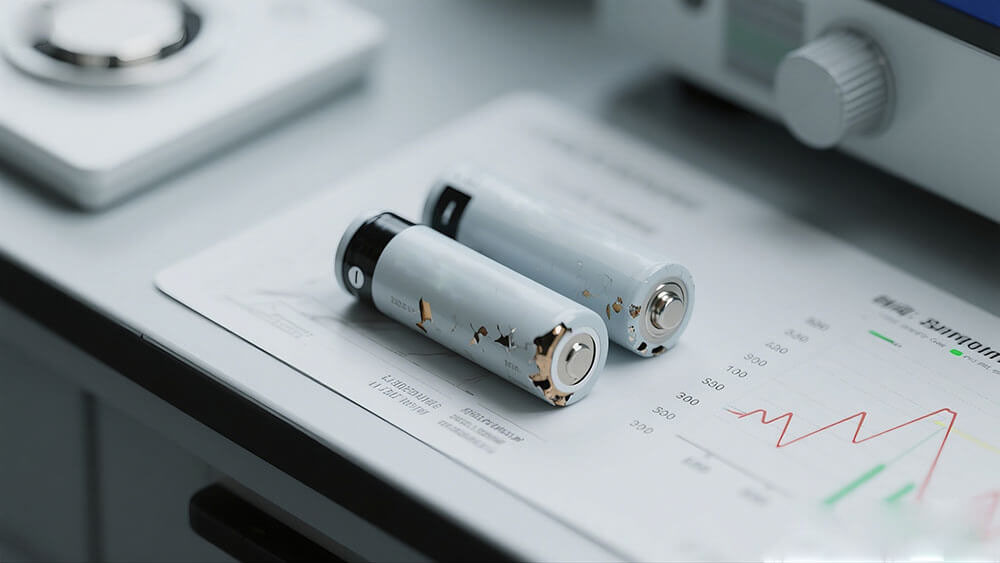
Part 2: Indicators of Battery Degradation
2.1 Capacity Fade: Reduced energy storage Over Time
Capacity fade is one of the most noticeable signs of lithium-ion battery degradation. Over time, the battery's ability to store energy diminishes, leading to shorter runtimes and reduced efficiency. This occurs due to the loss of active lithium ions and electrode material, which are essential for energy storage. For industrial applications like robotics and medical devices, capacity fade can disrupt operations and increase maintenance costs.
Monitoring capacity fade is crucial for extending battery life. Regularly measuring the maximum charge capacity helps identify early signs of degradation. For instance, a lithium-ion battery that initially stored 100% of its rated capacity may drop to 80% after several hundred cycles. This decline highlights the importance of proactive maintenance and optimized charging practices to slow down capacity loss.
2.2 Increased Internal Resistance and Its Impact on Performance
Internal resistance is another critical indicator of battery health. As lithium-ion batteries age, their internal resistance increases, which reduces their ability to deliver power efficiently. This can lead to slower charging, overheating, and performance issues, particularly in high-demand applications like electric vehicles or industrial equipment.
High internal resistance often signals the end-of-life for batteries, especially in nickel-based systems. However, it is essential to track resistance changes over time rather than comparing different battery types. Increased resistance can also create thermal gradients within battery packs, accelerating degradation and reducing battery life. Understanding these dynamics allows you to implement better thermal management strategies and maintain consistent performance.
2.3 State of Health (SOH): Key Metrics for Monitoring Battery Packs
State of Health (SOH) provides a comprehensive overview of a lithium-ion battery's condition. It measures the battery's ability to perform compared to its original specifications. SOH metrics are vital for battery management systems (BMSs), ensuring safety and optimizing battery life.
Several methods exist for estimating SOH:
Direct measurement methods, such as assessing maximum capacity or internal resistance.
Model-based methods, including electrochemical and equivalent circuit models.
Data-driven methods, which analyze historical operation data to predict SOH.
By leveraging these techniques, you can enhance battery performance, extend its lifespan, and prevent unexpected failures. For industrial applications, accurate SOH monitoring ensures reliability and reduces downtime, making it an indispensable tool for maintaining lithium-ion battery systems.
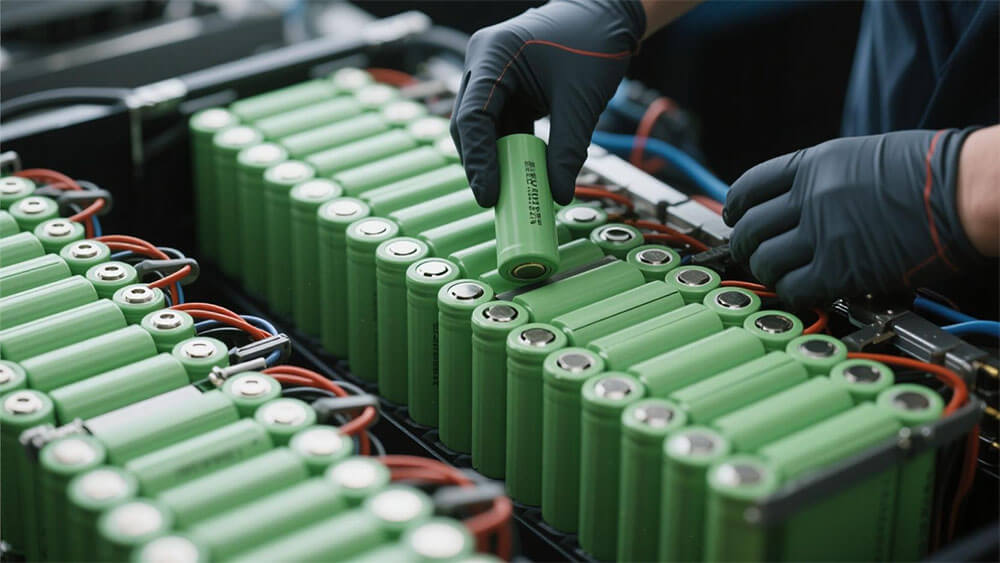
Part 3: Effective Methods to Prevent Battery Degradation
3.1 Optimal Charging Practices: Maintaining 20%-80% Charge Levels
Maintaining a charge level between 20% and 80% is one of the most effective ways to extend lithium-ion battery life. This practice minimizes stress on the electrodes, preserving their structural integrity and reducing wear. Operating within this range prevents the extreme conditions that accelerate battery degradation, such as overcharging or deep discharging.
Keeping the charge level between 20% and 80% reduces strain on the battery.
This approach improves battery lifespan by avoiding conditions that cause rapid wear.
It ensures optimal performance, especially for industrial applications like robotics and medical devices.
For example, in robotics, where consistent power delivery is critical, adhering to this charging range can significantly enhance operational efficiency. By implementing these practices, you can ensure better battery health management and reduce maintenance costs over time.
3.2 Temperature Management: Avoiding High and Low Extremes
Temperature plays a crucial role in lithium-ion battery performance and longevity. High temperatures accelerate chemical reactions, leading to faster degradation. Charging above 45°C increases the risk of thermal runaway, a hazardous condition that compromises safety. On the other hand, low temperatures reduce lithium-ion mobility, increasing internal resistance and lowering efficiency.
Studies confirm that effective thermal management can slow degradation in lithium-ion batteries. For instance:
Active cooling methods for pouch cells reduce degradation rates by up to three times.
Non-uniform temperature distributions within cells create resistance gradients, causing localized degradation.
Maintaining a storage temperature range of 15°C to 25°C ensures optimal battery performance. For industrial battery packs, implementing effective ventilation systems and monitoring charging temperature limits can further enhance safety and reliability.
3.3 Avoiding Deep Discharges and Overcharging
Deep discharges and overcharging are detrimental to lithium-ion battery health. Overdischarge can cause irreversible copper deposition on the electrodes, leading to performance degradation. Overcharging, on the other hand, accelerates material wear and reduces cycle stability.
To avoid these issues:
Use battery management systems (BMS) to monitor charge levels and prevent overcharging.
Avoid full discharge cycles, as they strain the battery and shorten its lifespan.
For industrial applications, such as surveying instruments, maintaining proper charge levels ensures consistent performance and reduces downtime. These practices not only extend battery life but also improve overall operational efficiency.
3.4 Following Manufacturer Guidelines for industrial battery Packs
Adhering to manufacturer guidelines is essential for optimizing lithium-ion battery storage, usage, and safety. These instructions are tailored to the specific chemistry and design of the battery pack, ensuring compliance with safety standards and regulations.
Benefits of Following Manufacturer’s Instructions | Importance |
|---|---|
Enhanced Safety | Minimizes risks of accidents and potential hazards. |
Compliance with Regulations | Ensures adherence to safety standards and regulations. |
Safe Battery Handling | Enables safe storage, transportation, and use of lithium batteries. |
Efficient Usage | Optimizes battery performance and longevity. |
By following these guidelines, you can maximize the efficiency of industrial battery packs and reduce the likelihood of operational disruptions.
3.5 Storing Batteries at Partial Charge Levels (Around 50%)
Proper lithium-ion battery storage is critical for long-term battery health. Storing batteries at a partial charge level, approximately 50%, minimizes stress on the electrodes and reduces the risk of degradation. Research from Chalmers University of Technology indicates that maintaining a 50% state of charge (SOC) can extend battery lifespan by 44–130%.
For long-term storage, ensure the batteries are kept in a cool, dry environment with a stable temperature. Avoid storing batteries at full charge or in extreme conditions, as these practices accelerate aging. Safe battery storage practices are particularly important for industrial applications, where reliability and longevity are paramount.
Understanding the primary causes of battery degradation is crucial for maintaining battery life in industrial applications. Operational habits, environmental factors, and natural aging over time significantly impact performance.
Cause Category | Description |
|---|---|
Operational Causes | Factors related to usage and maintenance, such as charging habits and discharge rates. |
Environmental Factors | Conditions like temperature extremes that affect battery performance and longevity. |
Time | Natural degradation over time, influenced by the state of charge at which the battery is kept. |
Proactive care, such as optimal charging, temperature management, and proper lithium-ion battery storage, can mitigate these effects. For instance:
Temperature significantly affects battery life and performance.
Cold conditions reduce battery capacity and efficiency.
Hot temperatures can increase the risk of damage and reduce lifespan.
Technological advancements, including real-time monitoring systems, further enhance battery longevity by preventing overheating and optimizing performance. By adopting these strategies, you can ensure reliable and efficient operation of lithium-ion batteries in industrial settings.
FAQ
1. How can you monitor the health of lithium-ion battery packs effectively?
You can use Battery Management Systems (BMS) to track metrics like State of Health (SOH), capacity, and internal resistance. These systems ensure safety and optimize performance.
2. What is the ideal storage condition for lithium-ion batteries?
Store batteries at 20°C–25°C with a 50% charge level. Avoid extreme temperatures and high humidity to minimize degradation. Learn more about Lithium-Ion battery storage.
3. Which lithium battery type offers the longest cycle life for industrial applications?
LiFePO4 Lithium batteries provide 2000–5000 cycles, making them ideal for industrial use. Their energy density ranges from 100–180Wh/Kg, ensuring reliability and longevity. Explore Large Power solutions.
Leave Message
Hottest Categories
-
Hottest Industry News
-
Latest Industry News




